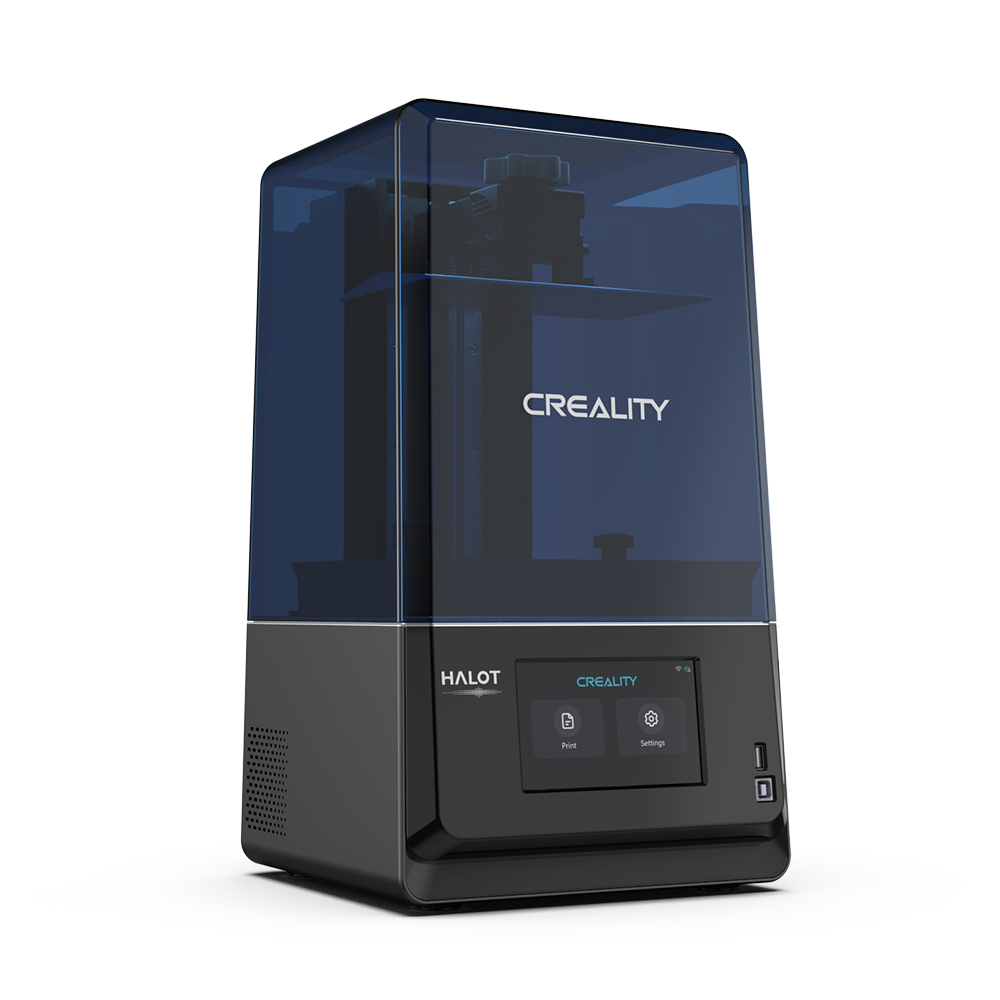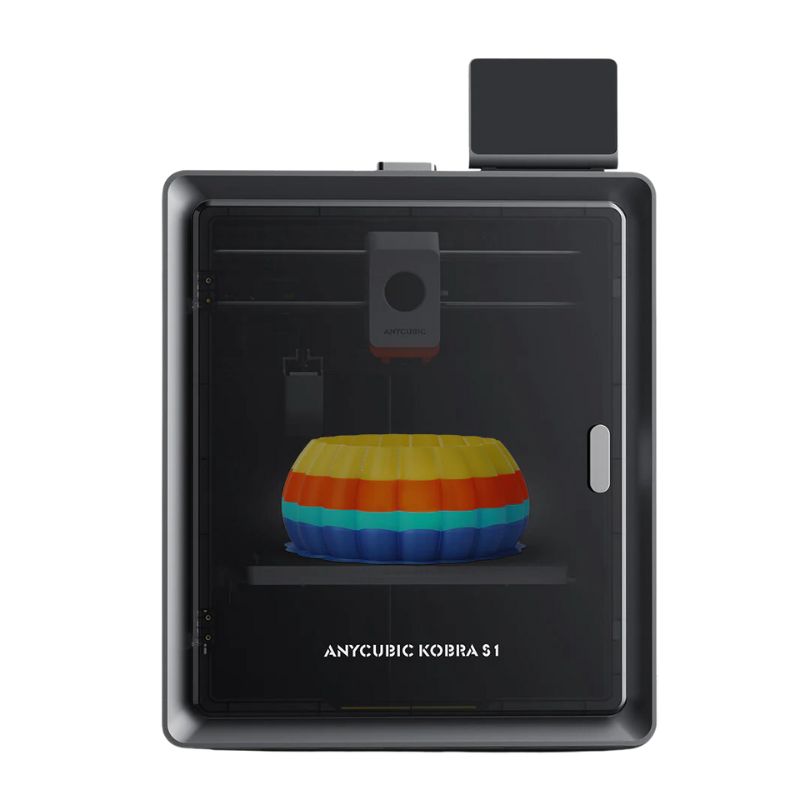Compare Halot One Plus vs Kobra S1 Combo
Comparison between the best 3D printers
Choose the best 3D printer at the best price. The cheapest 3D printers are here.
Buy a 3D printer here with 3D Fila.
 |
 |
|
| Model | Halot One Plus[BUY Halot One Plus] |
Kobra S1 Combo[BUY Kobra S1 Combo] |
| Printing Material | Resin | Filament |
| Buy Resin for Creality 3D Halot One Plus | Buy Filament forAnycubic Kobra S1 Combo | |
| Estimated price | $399,00 | $599,00 |
| Manufacturer | Creality 3D | Anycubic |
| Release Year | 2022 | 2025 |
| Print Volume [mm] | 102x172x160 | 250x250x250 |
| Printer Size [mm] | 236x245x416 | 400x410x490 |
| Weight [kg] | 6,8 | 18 |
| Power Loss Recovery | NO | YES |
| Maximum Resolution [mm] | 0,01 | |
| Processor | ||
| Display | Touchscreen 4,3'' | |
| Power Supply | ||
| Connectivity | USB / Wi-Fi | USB, Wifi |
| Operating systems | Windows, Linux e Macbook | |
| Date of registration in the system | 2022-10-11 | 2025-02-25 |
| Release date | 2022 | 2025 |
| Extra features | Crealitys Halot-One Plus printer stands out for its 4K+ resolution that delivers sharp details and consistent surfaces. It features a fast and responsive 5-inch LCD interface, as well as easy-to-use Halot Box software. It offers Wi-Fi connectivity and remote print monitoring, as well as an integrated air filtration unit, a rare feature in this price range. The Halot-One Plus is designed for the prosumer market, combining high quality with advanced features such as Wi-Fi and air filtration. During testing, it stood out for implementing these features at an affordable cost, while maintaining functionality. It features an attractive design with a UV-resistant blue cover and a robust dual rail system for the Z-axis, ensuring smooth and consistent movements. The large LCD and high resolution of the LCD mask (4320 x 2560) are other strong points, allowing for fine details and textures in prints. | The Anycubic Kobra S1 Combo is a fully enclosed CoreXY 3D printer with speeds up to 600mm/s and 20,000mm/s² acceleration. It features a 320°C hotend, native multicolor printing (4 to 8 colors with ACE Pro), and active filament drying. Equipped with LeviQ 3.0 auto-leveling, camera monitoring, AI failure detection, carbon filtration, and a 4.3 touchscreen, it ensures high-quality, efficient, and reliable 3D printing. |
| Support for multiple colors and materials (AMS and CFS) | NO | YES |
Notes * |
||
| Cost-benefit | 8 / 10 | 7 / 10 |
| Hardware | 1.4 / 10 | 8 / 10 |
| Tela | . | . |
| Print volume | 3 / 10 | 3 / 10 |
| Performance | 9 / 10 | 5 / 10 |
| [BUY Halot One Plus] | [BUY Kobra S1 Combo] |
Conclusion |
| In concluding the comparison between the Creality 3D Halot One Plus and the Anycubic Kobra S1 Combo, several key factors emerge that highlight their respective strengths and weaknesses, providing valuable insights for potential buyers. The Halot One Plus is a resin printer, praised for its affordability, high 4K+ resolution, and compact design. It excels in producing finely detailed prints and incorporates features typically found in higher-end models, such as Wi-Fi connectivity and an air filtration system. Its lightweight design and smaller print volume make it suitable for prosumers and hobbyists who prioritize detail over size, especially in smaller batches or intricate models. However, its lack of power loss recovery and support for multiple colors could be drawbacks for users looking for more advanced capabilities. On the other hand, the Kobra S1 Combo stands out as a more advanced filament printer, boasting a larger print volume and a range of features aimed at enhancing usability and efficiency. The inclusion of native multicolor printing, AI failure detection, and a fully enclosed design positions it well for users who require versatility in materials and printing processes. While it comes at a higher price, its performance capabilities, such as higher printing speed and advanced auto-leveling, justify the investment for those who prioritize operational efficiency and flexibility. In summary, the Halot One Plus is ideal for users focused on high detail and affordability, whereas the Kobra S1 Combo caters to those needing larger volumes and advanced functionalities. Ultimately, the best choice will depend on the specific printing needs and budget of the user, highlighting the importance of assessing personal priorities in the 3D printing journey. |

